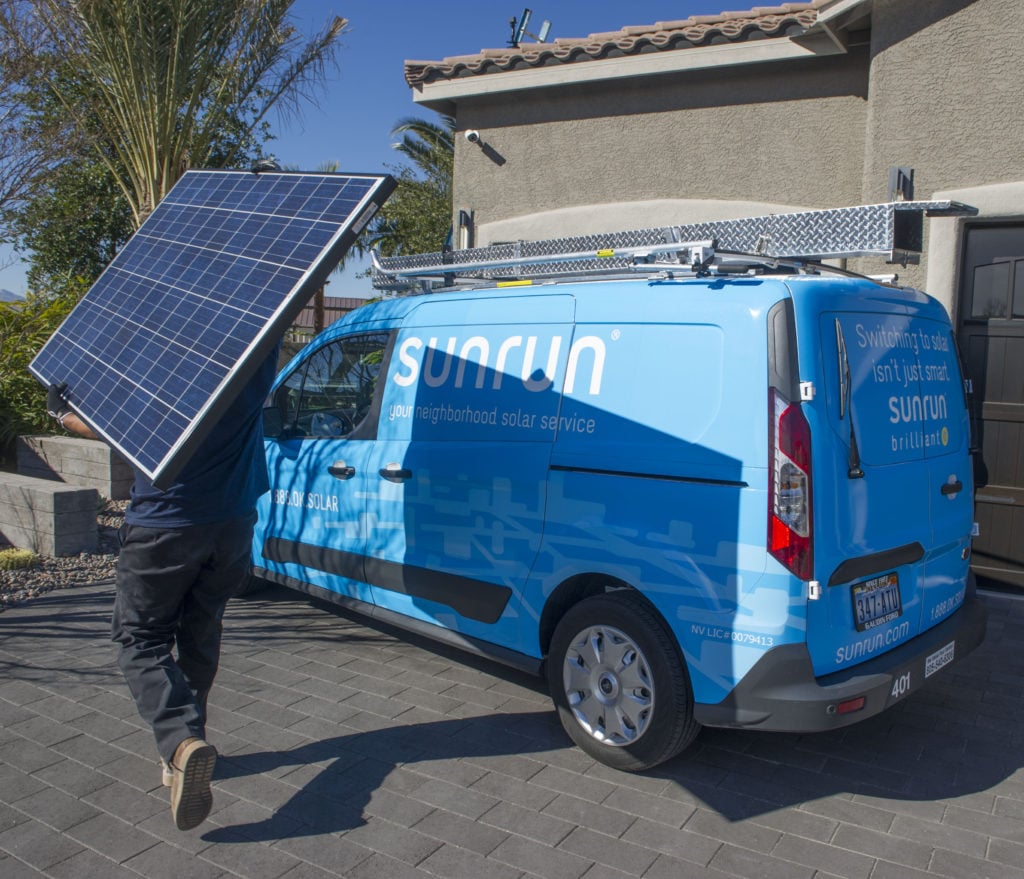
US residential solar prices have continued to fall over the last year, dropping by the largest amount in four years.
Solar monitoring and data firm EnergySage has published the findings of its annual Solar Marketplace Intel Report, which tracks the pricing and installation of residential solar in the US.
Unlock unlimited access for 12 whole months of distinctive global analysis
Photovoltaics International is now included.
- Regular insight and analysis of the industry’s biggest developments
- In-depth interviews with the industry’s leading figures
- Unlimited digital access to the PV Tech Power journal catalogue
- Unlimited digital access to the Photovoltaics International journal catalogue
- Access to more than 1,000 technical papers
- Discounts on Solar Media’s portfolio of events, in-person and virtual
From July 2020 until June 2021, EnergySage monitored data points at the transaction level to determine that quoted solar prices fell by an average 6.3% on last year, dropping to around US$2.67/W. EnergySage said the fall witnessed in the last year was the largest 12-month drop in prices witnessed since 2017.
The average size of quoted system meanwhile stayed flat at 10.2kW.
The cheapest of the leading five states for residential solar was Arizona, which had a state average price of US$2.25/W in H1 2021, followed closely by Nevada and Florida, which had state average prices of US$2.30 and US$2.40 respectively. California and Texas, which witnessed average prices of US$2.55/W and US$2.57/W respectively, also enjoyed prices below the national average.
Solar loan rates also fell for the first time in three years, dropping to 2.99% during H1 2021. EnergySage said the most frequently quoted financing option for solar was a 12-year loan with interest set at 2.99%, however 20-year loans have also become more popular, featuring rates of between 0.99 – 4.99%.
Residential solar in the US is experiencing a strong resurgence after a year in which the COVID-19 pandemic somewhat stymied the market’s progress in 2020. Numerous market estimates are expecting growth upwards of 25% this year, forecasts which are being borne out in recent financial results disclosures.
Earlier this month US residential solar leader Sunrun posted record installations with more than 185MW installed in the three months ended 30 June 2021, while peers including Sunnova, Tesla and SunPower all posted strong quarterly performances in the second quarter.
But while solar prices continue to fall, prices for energy storage have crept up in the last year, rising by an average of 10% on a cost per kilowatt-hour basis between Q3 2020 and Q2 2021. The average quoted price of an energy storage system in the US rose from US$1,128/kWh to US$1,241/kWh, with prices now having risen in each of the last four quarters.
The EnergySage report also details how over the course of the last year Enphase Energy’s nascent energy storage product EnCharge has eroded the market share held by previous market leaders Tesla and LG Energy Solution to become the most quoted product on the market in Q2 2021. Tesla has been vocal about issues relating to its supply chain in recent quarters with many of its products sold out for extended periods of time, while LG Energy Solution has been beset by product recalls.
Customer demand for energy storage continues to surge despite the increase in price and Vikram Aggarwal, CEO and founder at EnergySage, said the level of demand was “remarkable”.
“It’s a rapidly evolving industry. Between supply constraints and shortages, and a growing number of players entering the market, there’s bound to be a lot of movement at the top and with respect to price,” he said.







